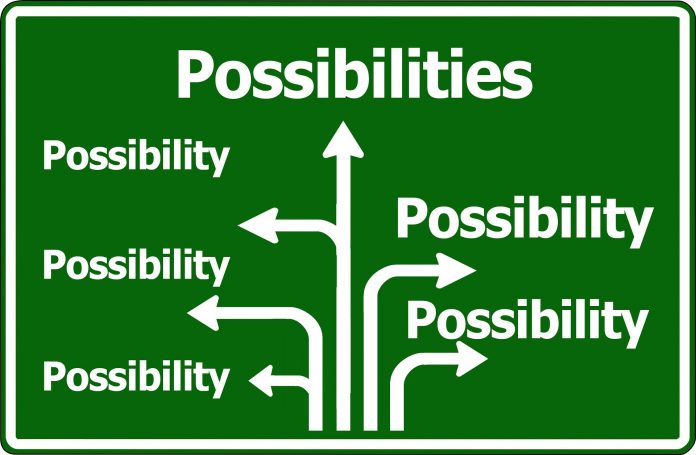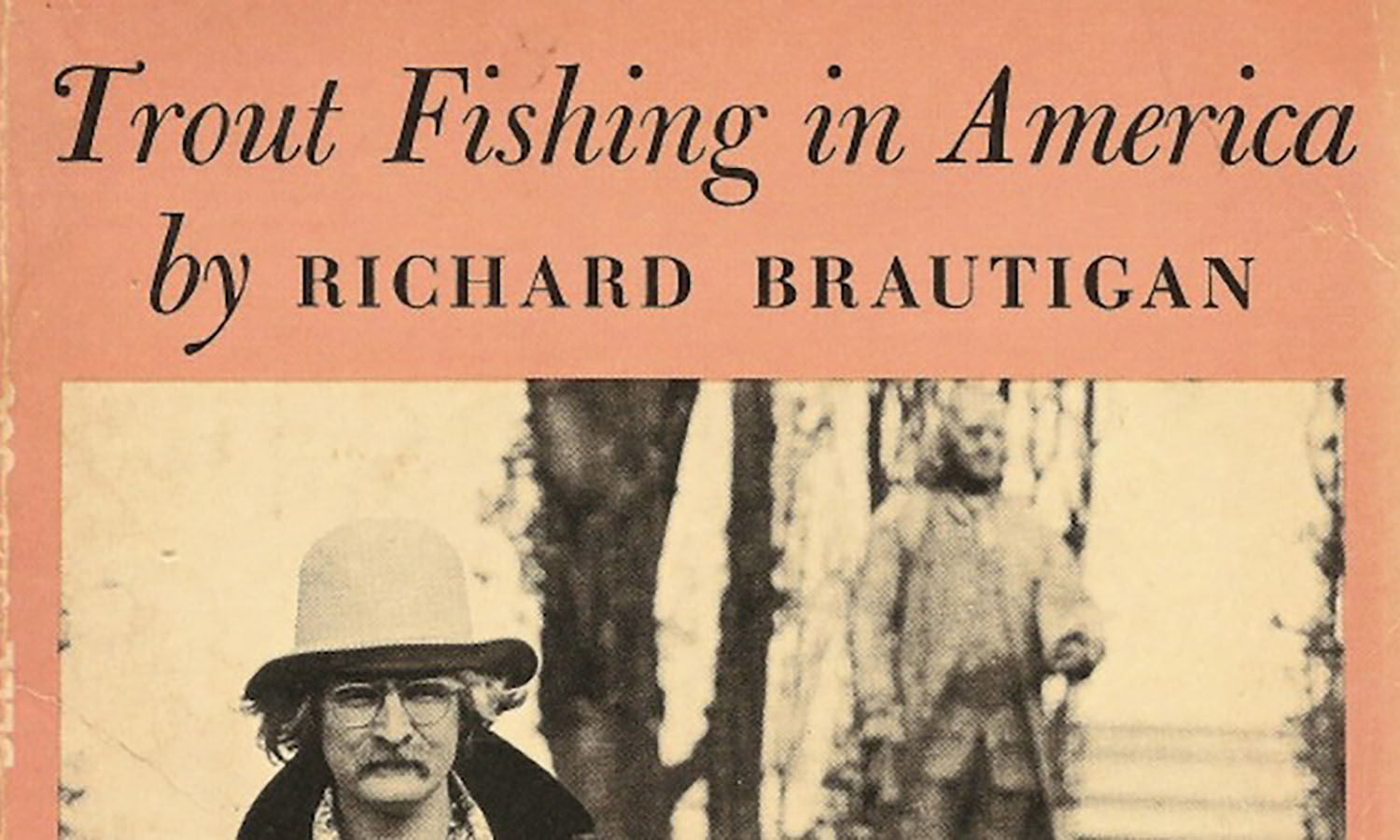
In a post on Killzone, James Scott Bell examines scenes and recommends using a mini-outline to craft the best moments in your novel. “A scene is a unit of action, usually defined by a single setting and linear time,” he explains. “To work as dramatic action, there needs to be a viewpoint character with a scene goal—the Objective—who is met with conflict—the Obstacle(s). The scene ends with the Outcome, which can be failure, setback, or portent.”
When you begin a scene, you have probably already identified the viewpoint character. To create a mini-outline, Bell suggests focusing on the three O’s: Objective, Obstacle, and Outcome.
- Objective—What does the viewpoint character want to achieve in the scene?
- Obstacles—What characters, physical barriers, or emotional conflicts will impeded your character’s path to the goal? Bell suggests brainstorming a long list
- Outcome—Bell suggests five possible scene endings: 1) success; 2) success, but with a cost; 3) failure; 4) failure with a setback (the situation gets worse); and 5) open-ended (the outcome is not shown or is not clear).
“Writing with this mini-outline enables me to pick the best course among many possibilities,” Bell says. “It also helps me to avoid clichés and stereotypes, which are often the first things that come to mind when you simply start writing a scene.”











